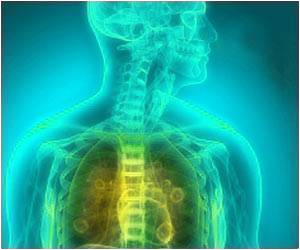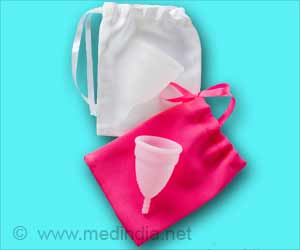Arsenic contents were low in infants whose mothers reported exclusive breastfeeding but high in infants whose mothers reported partial breastfeeding.
- Chronic arsenic exposure has a wide range of health consequences, but little is known regarding critical exposure windows
- Despite substantial arsenic exposure in women via drinking water, arsenic levels in breast milk samples were minimal
- Thus, exclusive breast-feeding protects the newborn against arsenic exposure
Breastfeeding vs Formula Feeding to Reduce Arsenic Exposure
Biomonitoring techniques were employed in a study published in the International Journal of Environmental Research and Public Health to get insight into multiple probable routes of arsenic exposure in pregnant women and their children. According to the study's findings, arsenic can cross the placenta during pregnancy, and breastfeeding may minimize arsenic exposure in newborns when compared to formula feeding. Taehyun Roh, PhD, assistant professor at Texas A&M University School of Public Health, collaborated with colleagues from several Mexican research institutions to compare arsenic levels in people living in arsenic-contaminated areas of Mexico and a comparison population with lower levels of exposure in this study.Health Effects of Arsenic Exposure
Inorganic arsenic species, which are most typically found in drinking water and crops cultivated with contaminated water, are known to cause oxidative stress and inflammation in people, which can eventually lead to a wide range of disorders. Because of the health concerns associated with arsenic exposure, the World Health Organization established a tolerable maximum threshold of 10 micrograms per liter. The average arsenic level in drinking water in Comarca Lagunera, a region in northern Mexico, is 82 micrograms per liter, significantly exceeding the permissible maximum.Right after birth, Roh and colleagues collected samples of drinking water, mother blood, urine, and breast milk, as well as placenta and umbilical cord blood. They also obtained neonatal urine samples soon after birth and three to four days later. The researchers compared the arsenic concentrations in these samples to those from populations living in locations with safe arsenic levels.
Arsenic Transmission During Pregnancy
The researchers discovered significantly greater levels of arsenic in maternal blood and urine, umbilical cord blood, and breast milk in Comarca Lagunera women than in uncontaminated moms. They also discovered a link between arsenic levels in cord blood and levels in drinking water and maternal urine samples from moms and newborns. These data suggest to the placental channel is a primary in-utero arsenic transmission route.Arsenic Exposure in Infants
Infant urine samples obtained days after birth revealed persistent high levels of arsenic, showing that arsenic pollution persisted after birth. Breast milk samples, on the other hand, contained significantly less arsenic than formula made with contaminated water.This study discovered a clear link between maternal and neonatal arsenic exposure. The results show that arsenic is transmitted through the placenta, which is consistent with a previous study, and points to breastfeeding as a feasible approach to lower arsenic exposure in infants when compared to formula feeding. These findings emphasize the necessity of future research into arsenic exposure and the need for actions to limit exposure in susceptible groups.
Source-Medindia










